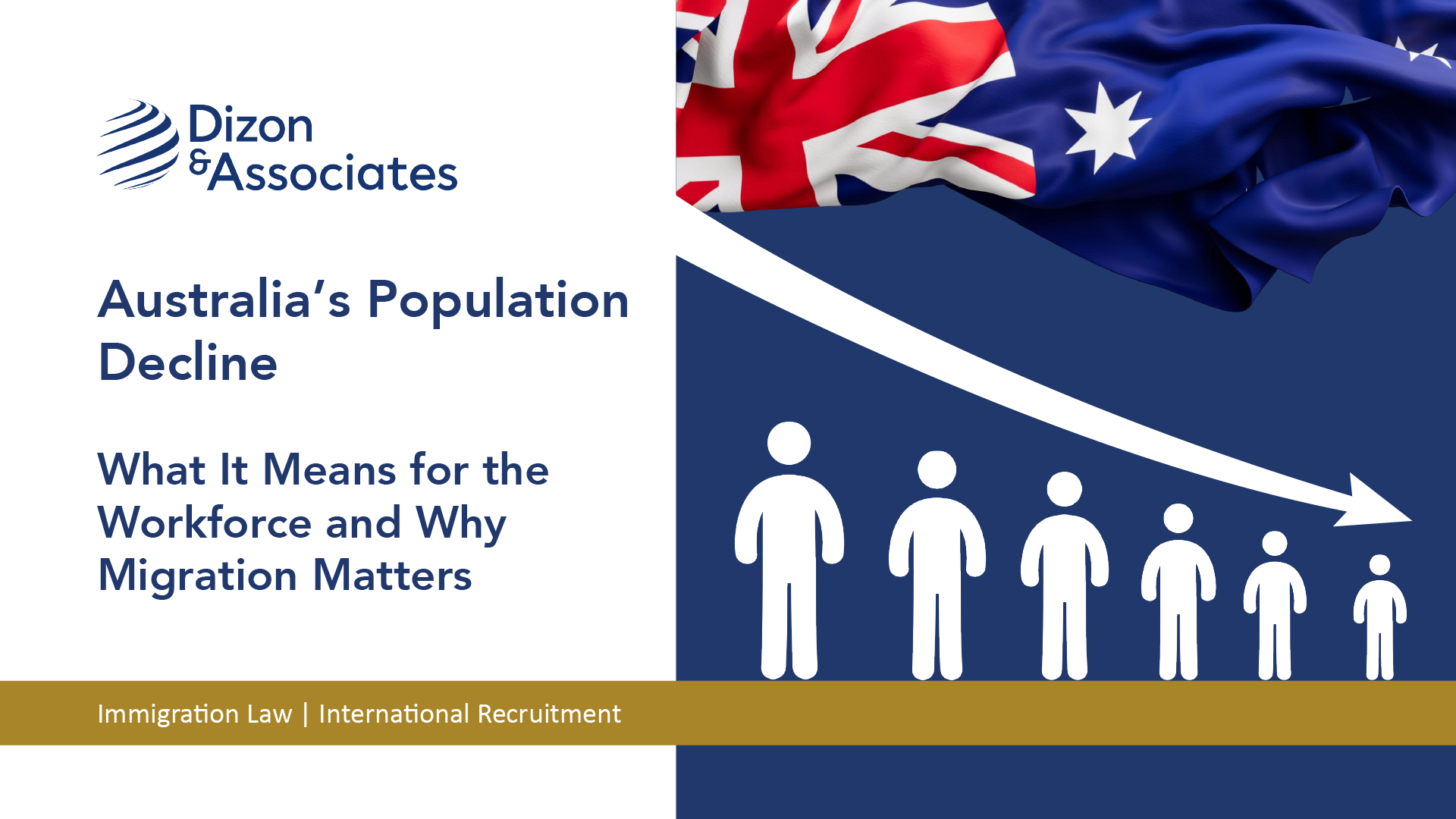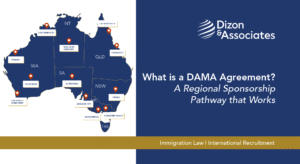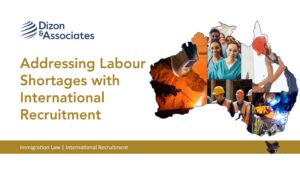Australia’s population decline is no longer just a future concern. It is becoming a present day reality.
New data suggests that, in the not-too-distant future, deaths could begin to outnumber births. This shift would have serious implications for the labour market, the economy and how the country plans for the decades ahead.
In 2024, the number of births increased slightly compared to the previous year, but that growth is still well below what is needed to keep pace with population demands. If things continue on this track, Australia may soon face a situation where an ageing population is supported by a shrinking workforce.
A Look at the Numbers
Figures compiled by KPMG, based on Australian Bureau of Statistics (ABS) birth data, show that the national fertility rate now sits at just 1.51 children per woman. The rate needed to naturally maintain population size is 2.1.
Last year saw around 292,500 babies born in Australia. A small increase from the 285,000 recorded the year before. However, it still falls short of the annual births seen across most of the last decade, where totals typically exceeded 300,000 each year.
What is particularly interesting is where the drop is happening. While some regional areas have remained steady or even seen slight increases, capital cities have experienced a noticeable decline. From 2019 to 2024, birth rates in metro areas dropped by around 6.5 percent.
This pattern is now part of a larger trend, the steady progression of Australia’s population decline.
Why Are People Having Fewer Children?
There is no single reason, but finances play a major role. The cost of living in major cities has risen sharply. Housing affordability, rental prices, mortgage repayments and childcare expenses are all factors that influence when and whether people decide to grow their families.
For many young Australians, starting a family has become a decision delayed or avoided altogether because of these pressures.
Some demographers also point to broader issues. A growing number of people cite concerns about climate change, global instability, gender inequality and long-term economic uncertainty.
There is a common thread: a lack of confidence in what the future holds.
This has led to what researchers call “constrained choice” where individuals or couples may want to have children but feel they cannot, due to financial or environmental constraints.
What Happens When the Population Stops Growing?
When the birth rate continues to fall and fewer young people enter the workforce, the impacts are widespread.
One of the biggest concerns is how an ageing population will be supported. If there are fewer working-age Australians, there will be fewer taxpayers to fund essential services including healthcare, pensions and infrastructure.
The federal budget depends heavily on income tax. That means fewer workers could lead to lower government revenue, even while the demand for services increases.
By the mid-2050s, if current trends continue, Australia could reach a point where deaths exceed births. From that moment on, population decline becomes a real prospect.
For those watching population patterns closely, it is clear that the effects of Australia’s population decline will touch every sector – from education and healthcare to housing and employment.
What Can Be Done?
Experts agree that reversing this trend won’t be easy. Even with strong incentives, fertility rates are slow to change. Long-term policy solutions will be needed, including action on housing, wages, gender equity and childcare access.
But those changes take time. In the short to medium term, one of the most effective ways to strengthen the labour force is through skilled migration.
This is where immigration policy plays a critical role.
Migration as Part of the Solution
While Australia can not quickly fix its fertility rate, it can manage migration more effectively. Every year, thousands of skilled international professionals are ready and willing to contribute to the Australian workforce.
Many of them already have the qualifications and experience needed to step into roles that are in short supply locally, including in healthcare, construction, IT, engineering and education.
At Dizon & Associates, we see this every day. We work with businesses across the country to recruit from overseas when they are unable to fill positions locally. We also support skilled professionals who are ready to build a life in Australia, either independently or through work visas.
Skilled migrants don’t just plug labour gaps. They become part of the community. They raise families, contribute to the tax base, and bring global expertise to regional and urban areas alike.
Migration Is Not a Quick Fix but It Is a Necessary One
Even if birth rates recover slightly over the next few years, it won’t be enough to counteract the long-term demographic shift.
KPMG’s modelling suggests that Australia would need to reach 350,000 births annually to maintain its way of life in the long term. At current trends, this seems unlikely without a major economic shift.
There is some optimism that higher disposable incomes could lead to a small rebound in births. But for now, it’s clear that population growth will continue to rely heavily on migration, particularly skilled migration.
A Global Issue with Local Impacts
Australia is not alone. Fertility rates have dropped across nearly all OECD countries since the 1960s. South Korea, for example, had the world’s lowest rate in 2023 at just 0.7 children per woman.
This is a global trend, but Australia still has the opportunity to manage its future more sustainably.
That means creating smart immigration pathways, investing in workforce planning, and making sure migration supports both the economy and the broader community.
What This Means for Employers and Skilled Workers
For employers, the takeaway is clear. If you are struggling to find qualified local staff, especially in regional areas, international recruitment is not just a temporary solution. It may be one of the only viable ways to maintain your workforce over the coming decade.
And for skilled workers overseas, this is a significant opportunity. Australia needs people. Not just any people, but trained, qualified professionals who can contribute to key industries and help fill the growing gap in the labour market.
If you are a nurse, engineer, tradesperson, IT specialist, teacher or healthcare worker, your skills are in demand.
Now is the time to explore your options.
Planning for Australia’s Future Starts Now
Australia’s declining birth rate and ageing population are not problems that can be solved overnight. But they are challenges we can prepare for, and skilled migration will continue to play a central role in that preparation.
At Dizon & Associates, we are committed to helping both skilled professionals and Australian employers navigate this next chapter. Whether you’re looking to migrate or hire internationally, we are here to make the process straightforward and compliant.
The decisions made today will shape what Australia looks like in 10, 20 or 50 years. Migration is not the only solution, but it’s one of the most immediate and impactful.
As Australia’s population decline becomes more evident, the time to act is now.
If you’re ready to take the next step, we are ready to help.
References
Australian Bureau of Statistics (ABS). Births, Australia, 2023–2024 (Preliminary Data). Available at: https://www.abs.gov.au/statistics
KPMG Australia. Birth rates bounce back in the regions, but cost of living holding back cities. July 2024. Available at: https://kpmg.com/au/en/home/media/press-releases/2025/07/birth-rates-bounce-back-in-the-regions-but-cost-of-living-holding-back-cities.html








